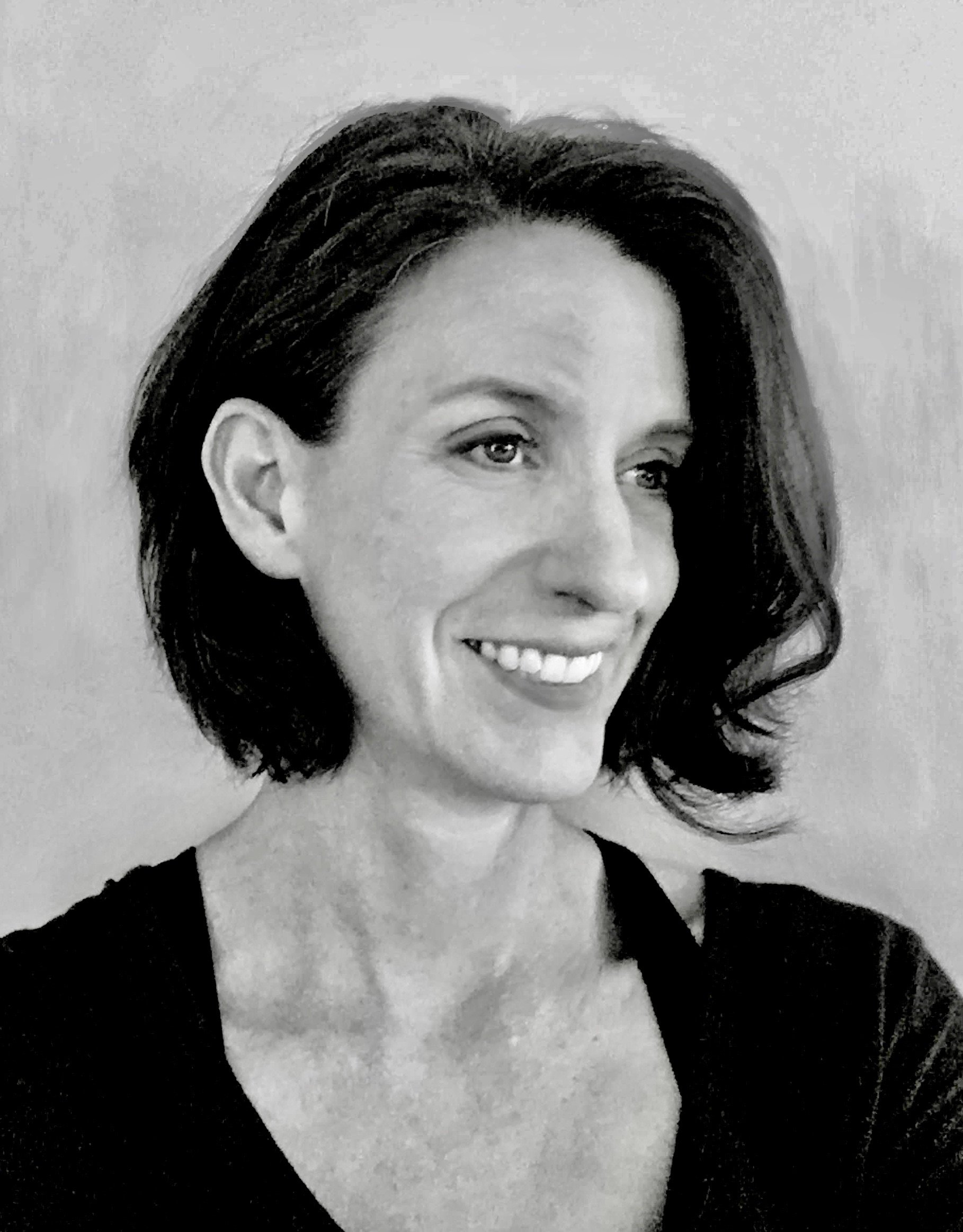Rachel Saunders is a representational oil painter living and working in Denver, Colorado. Having grown up in close proximity to the traditional landscapes of the western united states, Saunders’ work is primarily about creating portraits of the non-human inhabitants of the American west. In her early life, Saunders pursued an academic art career and earning a B.A. in Art History at the University of Colorado at Boulder, and a M.A. in Art History at Hunter College in New York City. While in New York, in addition to her studies, she spent countless hours at the museums and galleries of New York City, appreciating in person, the vast treasury of masterpieces the city has to offer. She also worked at one of the premiere art galleries of the time, the Jack Tilton gallery, where she was exposed to the contemporary art scene.
After finishing her graduate degree, she was ready to return home to the wide open spaces of her childhood state. For many years she worked adjacently to the fine art painting world by becoming an artisan founding and running her own decorative painting and mural company in Denver in 1998. Color mixing, creating surface textures and developing large scale paintings for residential and commercial spaces were important skills that would later inform her work on canvas. It was also during this period that Saunders began her passionate hobby of learning to horseback ride. This endeavor would become a key factor in her thematic preference for painting equine subjects.
In 2016 she made the choice to take up oil painting full time. In these early years of professionally painting she took classes at the Art Students League of Denver, and later worked closely with artists Mark Daily and Kevin Weckbach, learning the key skills of accurate drawing, compositional design, color harmony and paint handling. During the pandemic years Saunders had an unfortunate interruption in her work schedule due to family health-related reasons but in 2022 she returned to painting full time. Saunders work has been exhibited here in Colorado and around the country. She has been recognized for several honors including the Marilyn Newmark award for painting in the first show she entered at the American Academy of Equine Art in 2016. She has been a finalist for western themed art in Southwest Art Magazine, and been honored as the featured artist at many prestigious equestrian events including the Menlo Charity Gala and the Denver Polo Club Annual Charity Gala.
Statement
Colorado is my home. I grew up here, live here, and paint here, all in close contact with the state’s rolling ranch lands, wide open plains, and green-needled, coniferous forests. Not surprisingly, landscape painting holds my interest, but this interest is filtered through that of another classic painting genre: portraiture. I paint the non-human inhabitants of the western landscape, treating my subjects not as symbols or representations of some larger concept or notion, but as unique individuals, with their own psychologies and contradictions, their own wants and needs, their own questions and certainties.
I am particularly drawn to subjects that exude both fragility and strength. Horses—with their imposing, muscular bodies, graceful limbs, and delicate, highly expressive facial features—are a prime example of these contrasting elements. As a child, I spent countless hours trying to capture their allure with pencil and pen; then, as an adult, I learned how to ride them, and found myself fascinated with questions about their lived experience. These large, potentially dangerous animals—what do they think of their human companions? Why do they partner with us, complete the tasks we ask of them, submit to our whims? What remains of their wild essence? Do they admire us as we admire them, or would they be more content to return to their undomesticated origins?
I ask these types of questions of all the non-human subjects I paint: trees, plants, animals. What is their experience of life? How do they feel about humanity? About their place in our world? In each painting, I reach for the answers, paying particular attention to the subject’s physical expressions and cues. The juxtapositions I find—fragility lying next to strength; power astride delicacy—even drive how I apply my oil paint. Thick, loosely applied brushstrokes sit next to subtle, highly rendered passages, working together to create a living balance of opposing forces.
Although I largely forego human figurative painting, I find that if I observe and render my subjects with tenderness and curiosity, I often find what we think of as “human emotions” in my subjects: longing, mystery, serenity, and—yes—joy.

